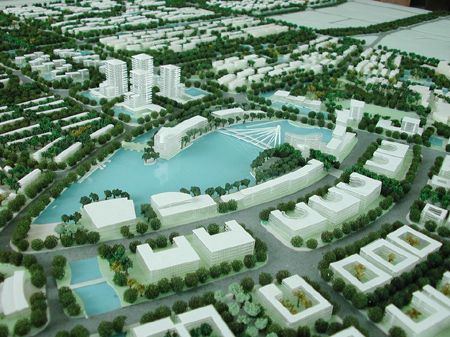
Table mode of the city
source: http://english.shqp.gov.c
n/gb/special/node_4188.ht
m
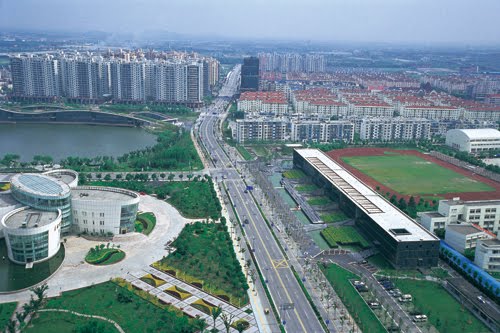
city
source: http://cronyogitect.blogs
pot.nl/2010/11/qingpu-new
-town-shanghai.html
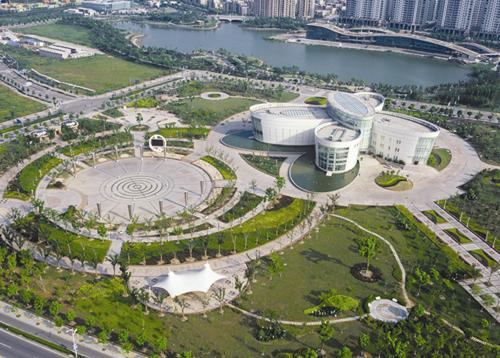
Qingpu museum
source: http://english.shqp.gov.c
n/gb/special/node_15857.h
tm
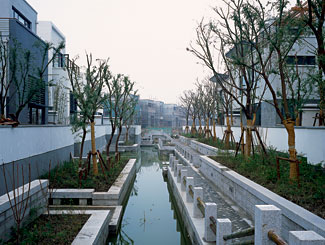
Residential community
designed by Wood and
Zatapa
source: http://archrecord.constru
ction.com/ar_china/featur
eQingpu-2.asp
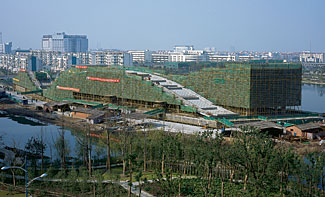
Exhibition Centre
source: http://archrecord.constru
ction.com/ar_china/featur
eQingpu-2.asp
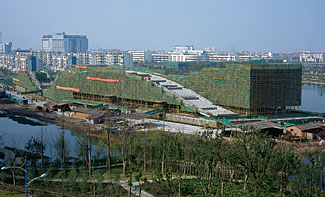
Thumb Island by MADA
s.p.a.m.
source: http://archrecord.constru
ction.com/ar_china/featur
eQingpu-2.asp
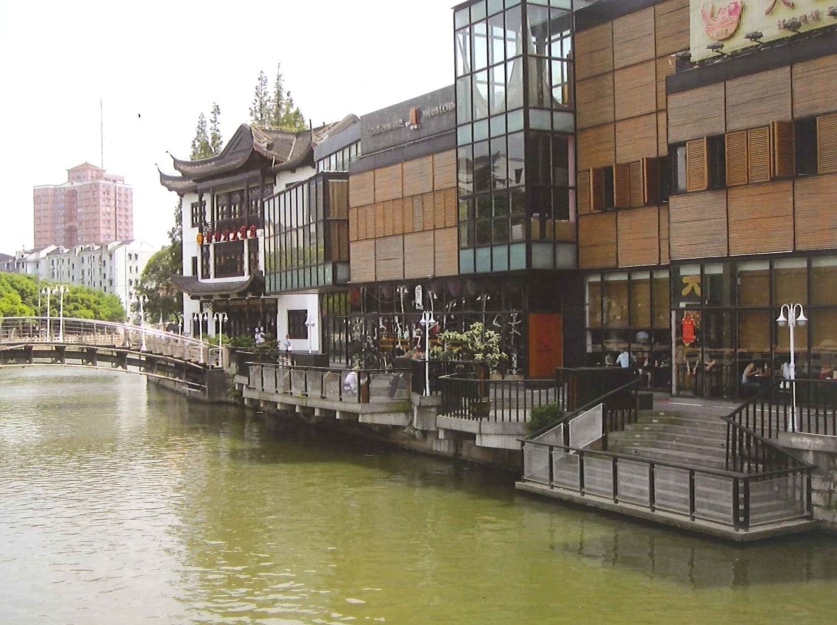
Urban renewal in historic
centre by MADA s.p.a.m.
source: Den Hartog, Harry:
Shanghai New Towns -
Searching for community
and identity in a
sprawling metropolis. 010
Publishers, Rotterdam
2010, 416 p. ISBN
978-90-6450-735-9
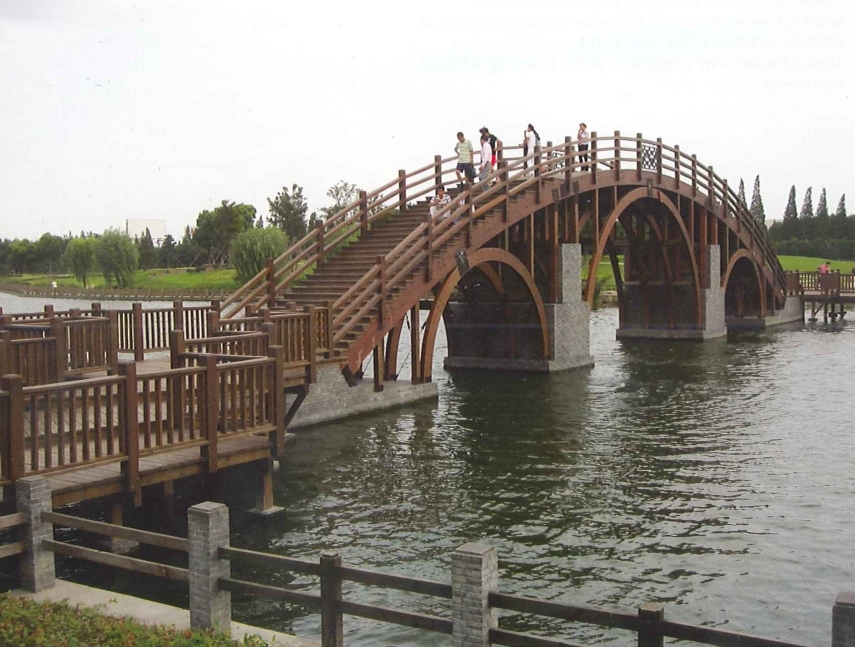
A new wooden bridge with
a traditional shape
source: Den Hartog, Harry:
Shanghai New Towns -
Searching for community
and identity in a
sprawling metropolis. 010
Publishers, Rotterdam
2010, 416 p. ISBN
978-90-6450-735-9
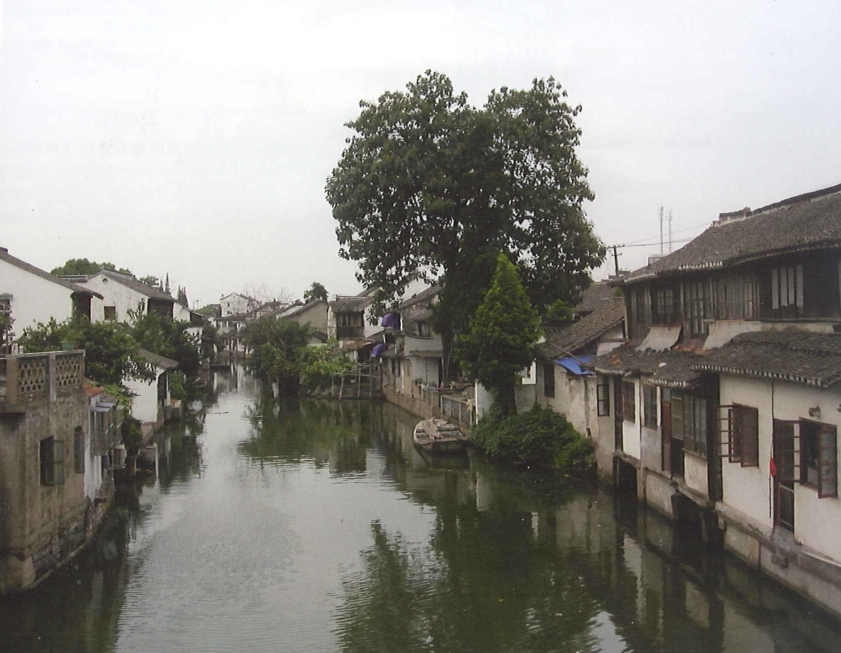
The old canal town
planned to be integrated
into the urban fabric of
the new city
source: Den Hartog, Harry:
Shanghai New Towns -
Searching for community
and identity in a
sprawling metropolis. 010
Publishers, Rotterdam
2010, 416 p. ISBN
978-90-6450-735-9
|
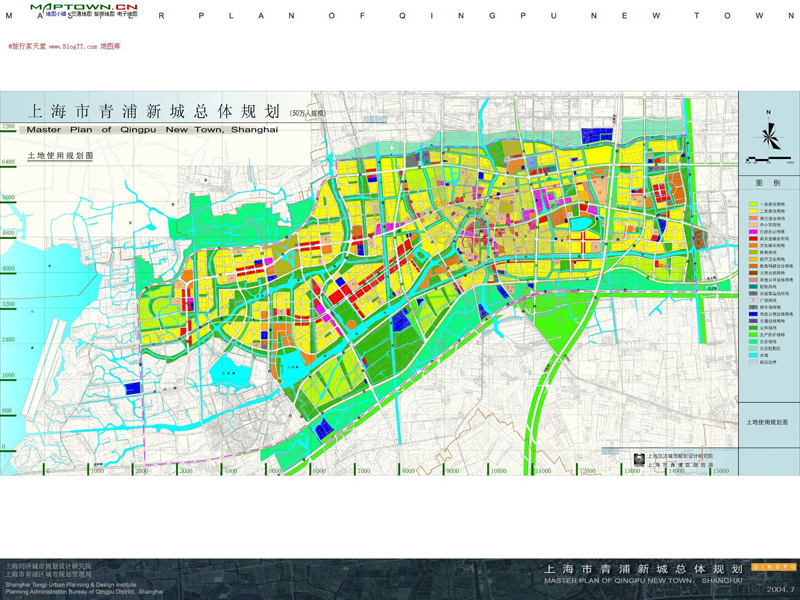
Qingpu New City lies in the Homonymous, approximately 6,000 year old district of Qingpu that is famous for old canal towns (Zhujiajiao, Qingpu). The area is surrounded by lakes, such as the natural freshwater lake called Dianshan or ‘sweet water lake’.
The new city presents itself as an international garden city with respect to the old traditions, history, and culture of the region. This area has become a popular holiday destination, consisting of many second and holiday homes.
Master plan
In 2002, the local government invited an international tender for the master plan of Qingpu New City, made out of two towns and several villages. The plan would merge together these areas and connect the developed Zhujiajiao town with Qingpu.
Qingpu, as other eight cities, has been developed under the ‘One city, Nine Towns’ development plan (2001), which was created to alleviate the Central City of Shanghai from the enormous pressure of urbanization.
A winning design of the city was made by the French company Eté Lee et Associés et Urbanistes.
The intent of the authority was to develop the city on the basis of the use of city’s natural resources and regional environmental advantages.
Within the new urban framework several existing rural areas and towns, retaining its own identity, are absorbed. Existing roads, canals and waterways were integrated and preserved as much as possible. Instead of advocating for the destruction of everything that is old, the new policy focuses on restoration and urban renewal. The new city should blend new and old.
Besides the main aim to transform the city into a comprehensive area blending historical appearance with modern style, another intention was to integrate functions of administration, commerce, culture, entertainment, sports, as well as residence.
The city is divided into a few areas, according to the direction they are facing, representing different functions and focuses of the development. The eastern side develops the modern service industry and residential industry with commerce and business at the core. The north area focuses on the development of advanced manufacturing and production service industry. The southwest area focuses on the development of leisure tourism, eco-living and modern city based eco-agriculture, and in addition, it cultivates the eco-residential clusters.
Result
Thanks to the freedom given to architects from local decision makers, the area has several remarkable buildings. Many international and home design offices were invited to participate in the project and to contribute to the final result, such as; MADA s.p.a.m. designing the library Puyangge Pavilion, the administration centre for the district government, the shopping centre Qiao Zi Wan; Atelier Deshaus and its office building and Xiayu Kindergarten; or Jiakun Architects represented by its chief architect Liu Jiakun, who projected the Qingpu Exhibition Centre.
Owing to the large amount of green space, numerous rivers, and the smart integration of old settlement structures, the area remains a pleasant environment and popular destination for weekends and holidays. The city has survived China’s building speed and kept its own identity. This is not very common in many other cases where the policy for development was implemented.
The heritage is protected with a sense of responsibility for future generations.
Although the whole project should be finish in coming few years, by 2020, the city seems to be completed, according to Google Maps. However, some completions still remain, for example the reconstruction of the Fangsheng Bridge from the 16th century.
source: Den Hartog, Harry: Shanghai New Towns - Searching for community and identity in a sprawling metropolis. 010 Publishers, Rotterdam 2010, 416 p. ISBN 978-90-6450-735-9. |

